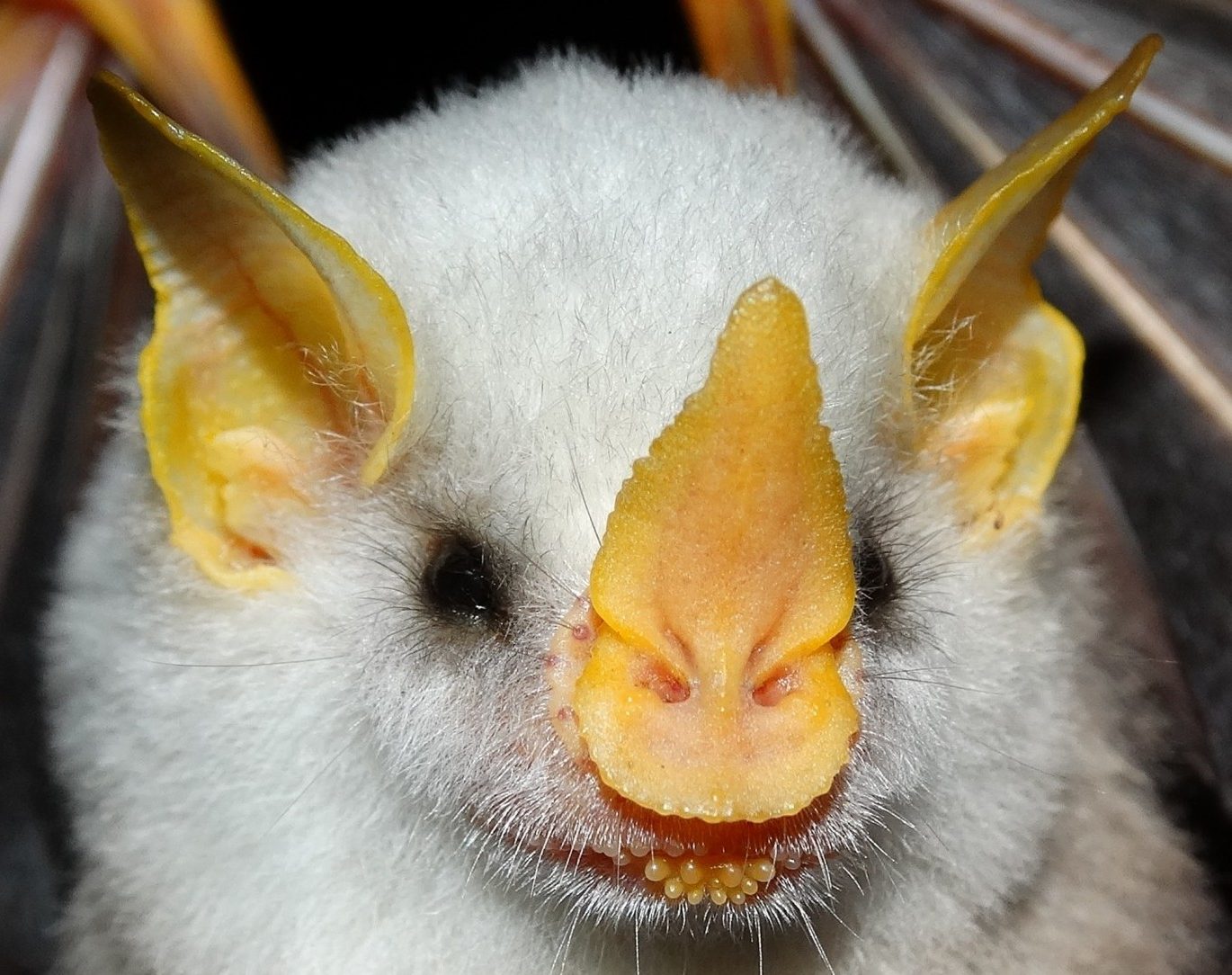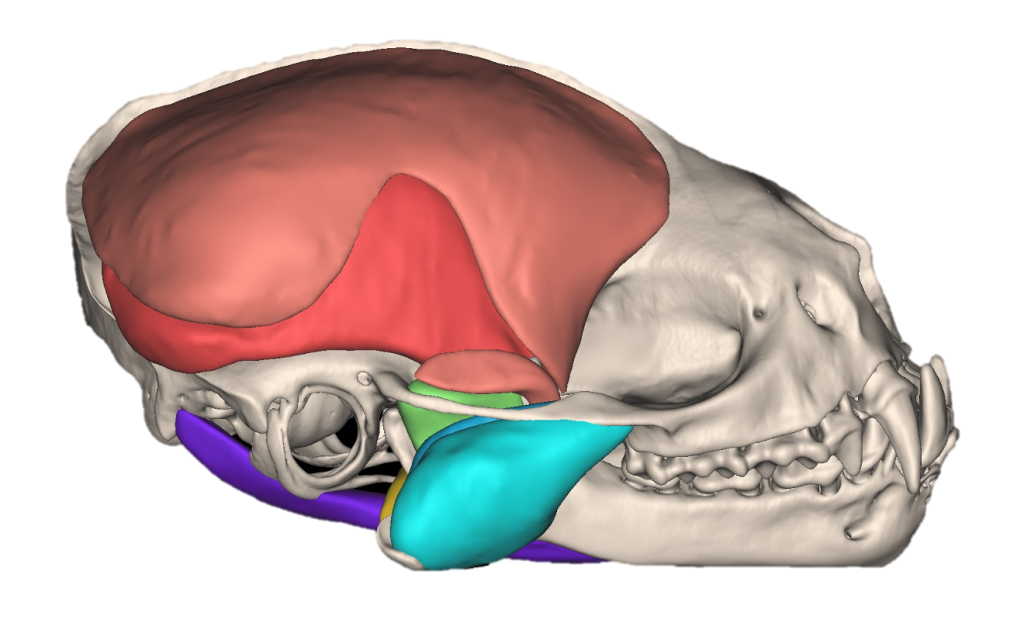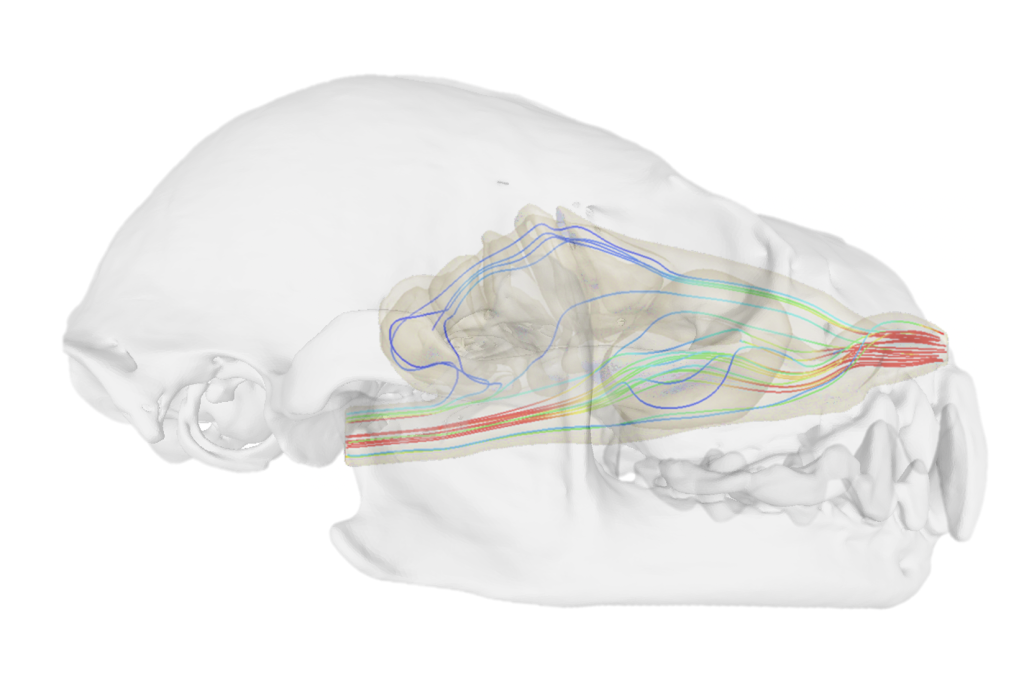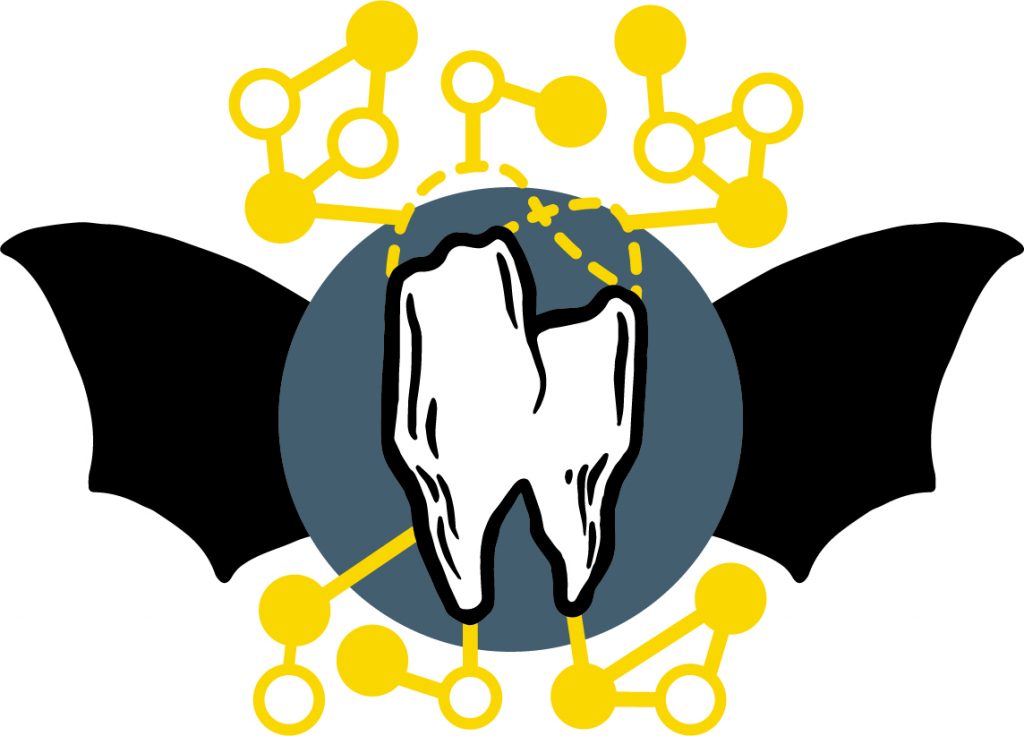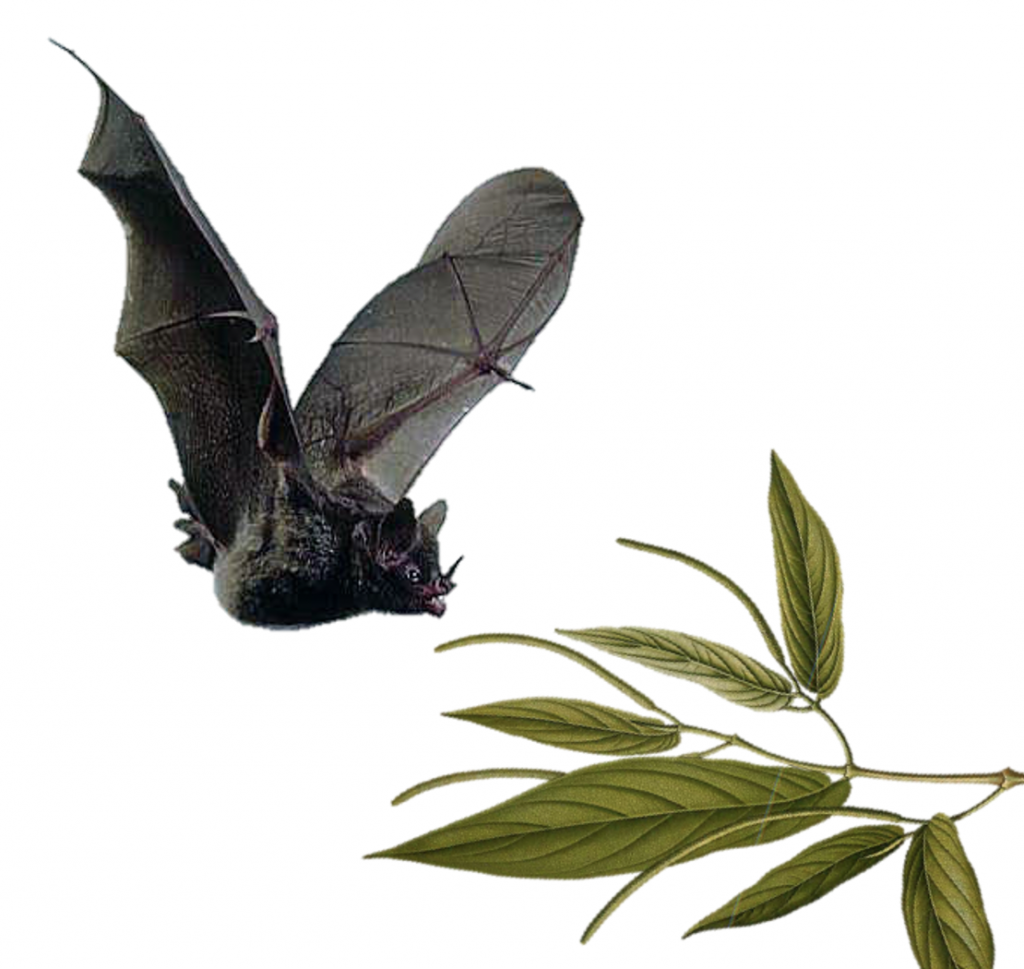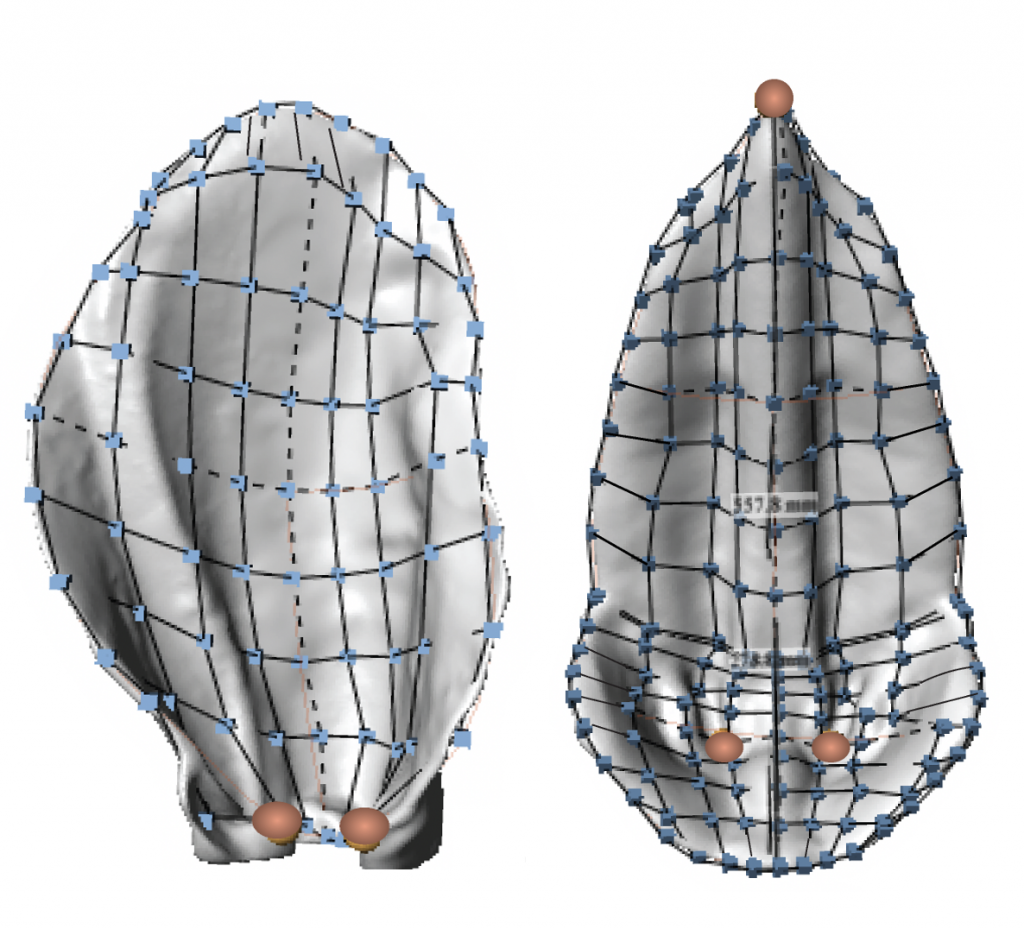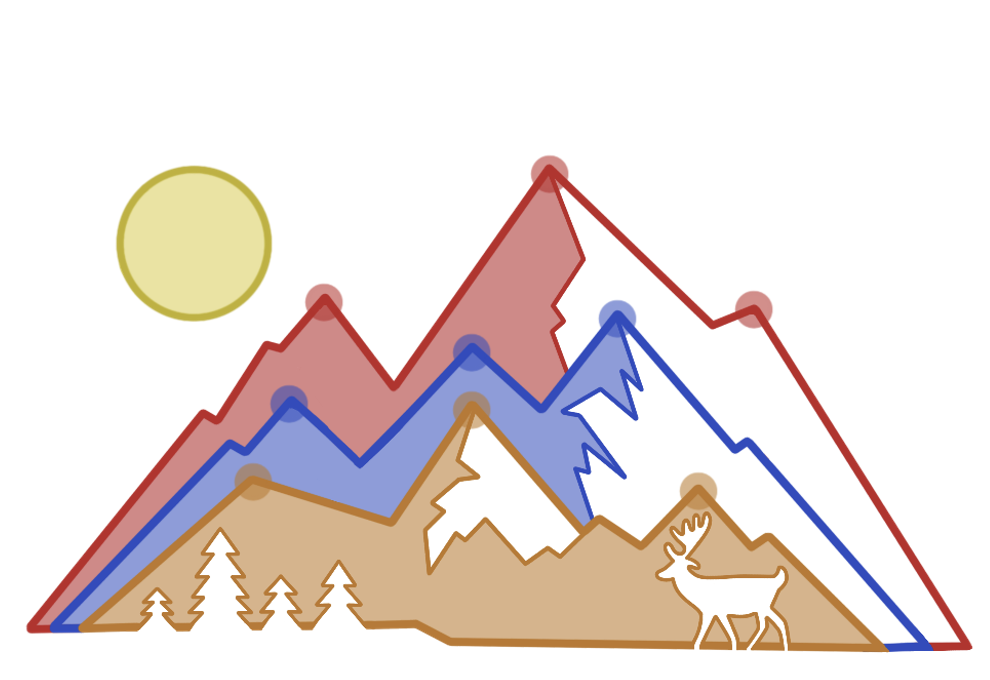One of the most salient patterns in biology is that diversity is not evenly distributed among clades. In mammals, groups like rodents and bats have evolved astonishingly high levels of phenotypic diversity, and radiated into thousands of species and a wide variety of ecological niches. Meanwhile, other mammal groups are morphologically homogeneous and species-poor. We are interested in understanding how these disparities in diversity arise, and approach this task by piecing together the connections among morphology, performance, behavior and ecology. By doing this in a comparative context, we are able to gain a better understanding of the ecomorphological mechanisms leading to adaptation and diversification.
Our work involves collection of data in the field from free-ranging animals, including bite force and feeding behavior, along with lab techniques to study morphology and function, such as micro-CT scanning, laser scanning, dissections, geometric morphometrics, biomechanical modeling, finite element analyses, and phylogenetic comparative methods.
Some of our current projects include:
